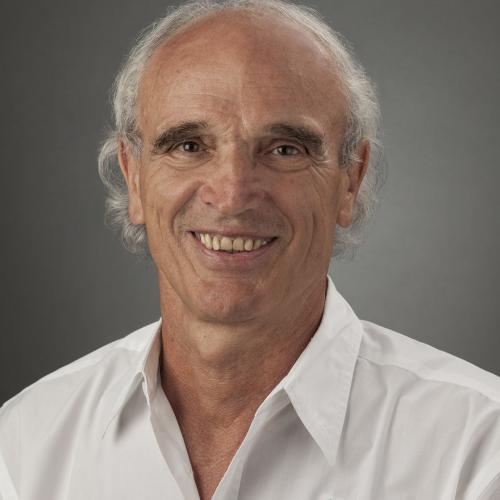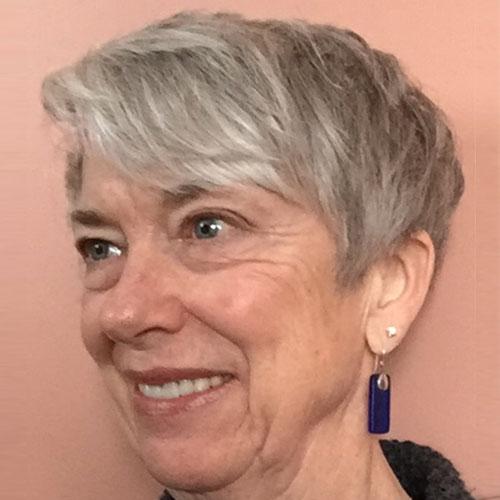It can be a challenging endeavor to work on every fiber of the intracranial meninges and synchronize with each specific direction in 3-D.
This class uses 25 labs to help you palpate and release numerous meninges of the cranium and spinal cord.
Precision working on the cranial meninges is extremely important. The change of tension inside the cranium modifies the tension in the thorax, pelvis, and abdomen and ultimately influences the whole-body system.
Release of the intracranial meninges is usually an essential and very powerful application for conditions such as motor vehicle accidents, concussion, strokes, chronic meningitis, nervous system surgeries, chronic headaches as well as for children with cerebral palsy, on the autistic spectrum, etc.
Beryl E. Arbuckle, DO, FACOP, one of the first teachers in the faculty of WG Sutherland, developed a technique that was unfortunately lost to the osteopathic world. She described specific concepts of dural “stress bands” and reinforcement of the cranial bones (“buttresses”) that could indicate problems with the central nervous system. She made available beautiful maps of the dural network based on numerous precise dissections of the nervous system.
In this course, we will use a curved biotensegrity model to release the intracranial meninges.
This model has been effectively applied for many years from newborns to elderly people, as well as domesticated animals.
We will work on structures such as:
- Falx Cerebri
- Falx Cerebelli
- Tentorium
- Parieto-Temporal Lines
- Vertical Epicanthal Lines
- Occipital Paramedial Lines
- Frontal Eminences
- Parietal Eminences
- Mastoid Processes
- Anterior and Posterior Dural Girdle
- Asterion, Pterion, Foramen Magnum, Metopic area, etc.
These techniques will also help release the flow of intracerebral sinuses including sagittal sinuses, straight sinuses, the vein of Galen, the vein of Rosendal, etc.
Conflict of Interest: All classes presented by Chikly Health Institute have no financial conflict of interest.
CHI is not sponsored by outside organizations or corporations.
Please read "Our Policies" for more information: https://chiklyinstitute.com/Policies
• Contact Continuing Education (CE) Hours Total: 18 CEUs for massage therapists - NCBTMB Approved Provider # 451238-10
NCBTMB CEUs are accepted in every US state for NCBTMB certification renewal.
Most states accept NCBTMB for license renewal but not all. We are also an approved provider for NY state.
Please look here for more information: http://www.ncbtmb.org/map/requirements-map.
Because certification and license renewal policies vary from state to state, it's important for you to make sure the CEUs are accepted wherever you practice. Therefore, please be aware that this information may not apply in your state.
Check your state’s website at: http://www.ncbtmb.org/regulators/state-info.
• 18 hours approved by the Certified Registered Massage Therapy Association of Alberta, Canada (CRMTA)
Before attending a workshop, simply verify CE acceptance with the professional licensing board or association in your state. Rules can be changed and updated regularly.
Course Schedule (Subject to Change):
Day One
8:30 Registration
9:00 - 11:00 Introduction, teachers, students, teaching assistants, and facilitator.
Review of the BECM/LCFS meninges supine techniques: a curved biotensegrity model
Medial and Lateral Canthus
Frontal & Parietal Eminences
Superior, Intermediate & Inferior Temporal Lines
11:00 - 11:15 Break
11:15 - 12:30 Review of the BECM/LCFS meninges supine techniques:
Mastoid/Behind the Ear (Vertical Line)
Bilateral Inferior Aspect of Mastoid Processes
Tentorium - Horizontal Tension (Inverted “Y”)
12:30 - 2:00 Lunch
2:00 - 3:30 BECM/LCFS meninges supine techniques:
Falx Cerebri –Anterior Tripod
3:30 - 3:45 Break
3:45 - 5:30 Parieto-Temporal Area Unilateral - 3 Oblique Lines
Tent to Supraorbital Area – 2 levels
Day Two
9:00 – 9:30 Questions and answers
Clinical cases
9:30 - 11:00 Zygoma - Frontal/Temporal Area
Zygoma - Temporal – Occiput
Inter-Zygoma
11:00 - 11:15 Break
11:15 - 12:30 Inter-Asterion - Inter-Pterion - Pterion–Asterion
Occiput – Asterion
12:30 - 2:00 Lunch
2:00 - 3:30 Anterior Dural Girdle in Relation to Posterior Cranium
Posterior Dural Girdle in Relation to Posterior Cranium
3:30 - 3:45 Break
3:45 – 5:30 Lateral Nasal/Maxilla - Pterion
Petrous Ridge
Transverse Sinus
Day Three
9:00 - 10:30 Questions and answers
Review of the BECM/LCFS meninges prone techniques: a curved biotensegrity model
Falx Cerebelli & Vertical Occipital Lines
Parietal Eminences prone
10:30 - 10:45 Break
10:45 - 12:45 Falx Cerebelli/Foramen Magnum - Spine
Inion - Mastoid Left and Right
Bilateral Lower Occiput - Parietal Eminences
12:45 - 2:00 Lunch
2:00 - 3:30 Finding Dominant lesion
Brain and ectoderm
Take home Protocol
Final questions and answers
Self-Reflection and identification of changes for practitioner’s practice
LEARNER’S OBJECTIVES (Subject to Change)
- By the end of the course participants will be able to correctly demonstrate on a live person how to release dysfunction of the Fronto-Parietal meninges supine
- By the end of the course participants will be able to correctly demonstrate on a live person how to release dysfunction of the Tentorium Cerebelli supine
- By the end of the course participants will be able to correctly demonstrate on a live person how to release dysfunction of the Falx Cerebri supine
- By the end of the course participants will be able to correctly demonstrate on a live person how to release dysfunction of the Parieto-Temporal meninges supine
- By the end of the course participants will be able to correctly demonstrate on a live person how to release dysfunction of the Frontal/Temporal meninges supine
- By the end of the course participants will be able to correctly demonstrate on a live person how to release dysfunction of the meninges related to the Pterion – Asterion supine
- By the end of the course participants will be able to correctly demonstrate on a live person how to release dysfunction of the Dural Girdles supine
- By the end of the course participants will be able to correctly demonstrate on a live person how to release dysfunction of the meninges related to the Petrous Ridge supine
- By the end of the course participants will be able to correctly demonstrate on a live person how to release dysfunction of the Falx Cerebelli prone
- By the end of the course participants will be able to correctly demonstrate on a live person how to release dysfunction of the meninges related to the Foramen Magnum prone
- By the end of the course, given a patient with dysfunction, based on the biotensegrity model, the participant will correctly determine from all possibilities the location of the dominant intracranial membrane in dysfunction.
Prerequisites: BEMC or LCFS-FM. You have to feel absolutely comfortable with the intracranial techniques from LCFS-FM. For those who have only taken LCFS-FM, Brain 1 is strongly recommended before coming to BACM.
Please review anatomy of the meninges and all the intracranial meninges techniques from BEMC or LCFS-FM
Price: $950
Registration Discount: $750
You can receive the discounted price of $750 by using your CHI-Pak or by registering and making a minimum deposit of $200 at a prior CHI class and pay the balance in full 45 days before the class start date.
(If the class is not paid in full 45 days before the start of class, the rate automatically goes up to $950)
Repeat: $475






